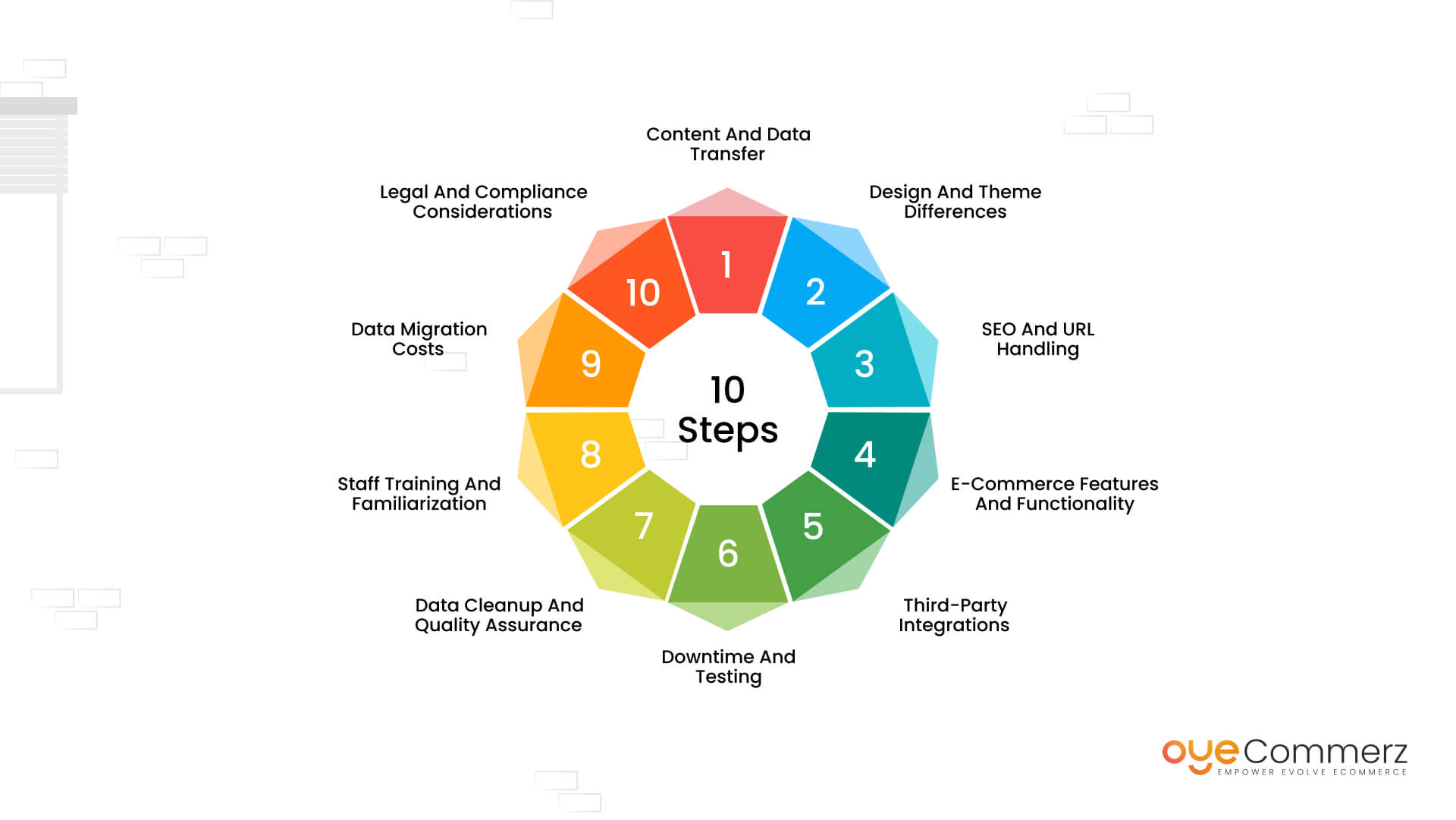Transitioning from WP to Shopify marks an promising step toward streamlining your e-commerce operations. As businesses grow, selecting a solution that supports scalability, user experience, and flexibility becomes crucial. Shopify has emerged as a favorite for online merchants, offering superior adaptability, data protection, and ease of use. In this guide, we’ll explore why this migration is a game-changer, discuss the benefits, and share actionable steps to ensure a smooth move.
1. Top Reasons to Transition from WordPress to Shopify
WordPress, paired with WooCommerce, continues to support countless online stores. However, as companies scale, issues like reliance on plugins, data risks, and technical complexities can hinder progress. Shopify, specifically created for e-commerce, addresses these concerns with an comprehensive, intuitive solution. Real data back this shift—Shopify powers over 4.4 million websites worldwide, with a reported 10% boost to sales performance for many businesses after migration.
2. Shopify's Advantages for Thriving Online Stores
Shopify’s powerful platform caters for scaling businesses. Its notable benefits are:
- Seamless Customization: Shopify provides over 80 expertly crafted themes.
- Built-in Features: Features like Shopify Payments and built-in SEO streamline operations.
- International Expansion: Currency versatility and localization features enable businesses to expand internationally.
Additionally, Shopify boasts an availability percentage of 99.98%, ensuring your store remains accessible.
3. Getting Ready for Your WP-to-Shopify Transition
Prior to starting the migration process, assess your current store. Review product data, customer details, and SEO performance. Resources such as Shopify’s Migration Kit or third-party solutions can simplify this process. Create a detailed strategy, making sure all resources—product descriptions, images, and blog content—are ready for seamless import.
4. The Importance of Accurate Data Migration
Data migration forms the foundation for a successful platform switch. When moving from WP to Shopify, focus on:
- Inventory Details: SKU, item summaries, and categories.
- Client Information: Emails, order history, and preferences.
- Search Engine Considerations: Preserve meta tags, URLs, and forwarding paths to avoid SEO losses.
Leverage tools such as LitExtension to streamline data transfer while reducing mistakes.
5. Customizing Your Shopify Store
After the move, personalizing your Shopify store ensures it aligns with your brand. Utilize Shopify’s drag-and-drop editor to design pages effortlessly. Shopify's themes are optimized for all devices, providing a smooth user experience across platforms—a critical factor, given 74% of e-commerce traffic comes from mobile visitors.
6. Maintaining SEO During Migration
SEO is vital for maintaining your visibility during migration. Shopify excels in SEO with organized link formatting, preloaded features, and smooth content management. Ensure:
- Set up URL forwarding for existing links.
- Enhance updated content with targeted phrases.
- Use Shopify's apps Plug in SEO to track analytics after the switch. Shopify design and development
7. Post-Migration Testing
Once the migration is complete, run detailed checks.
Check:- Website speed (Shopify delivers faster speeds compared to WP).
- Payment integration reliability and checkout processes.
- Adaptability across devices.
Quality assurance ensures your store delivers a seamless shopping journey from day one.
8. Real-Life Success Story
One such migration success story is Gymshark, a fitness apparel brand that moved to Shopify. After the switch, the company experienced a 60% boost in mobile sales and Shopify post-migration support reduced site downtime. This showcases the capabilities of Shopify in driving e-commerce growth.
9. Challenges and Solutions
Migration is not without obstacles, such as information accuracy and adjusting tailored features. However, Shopify’s extensive assistance and third-party experts make overcoming these hurdles manageable. Collaborating with qualified Shopify developers helps guarantee a smooth transition.
10. Starting Your Journey with Shopify
Switching from WordPress to Shopify represents a strategic approach to online retail. By focusing on growth, simplifying management, and improving buyer satisfaction, Shopify empowers businesses to thrive in challenging industries.
Final Thoughts
Transitioning from WP to Shopify offers a smart solution that can greatly enhance your online business performance. With a well-structured strategy, the appropriate resources, and expert support, you can achieve new growth opportunities.
Ready to make the leap? Reach out today to learn how our Shopify migration services can transform your e-commerce platform. Contact us now, or ask yourself: Is it time to seize Shopify’s advantages for your store?

Comments on “Effortless Transition from WordPress to Shopify: Your Ultimate Guide to E-commerce Success”